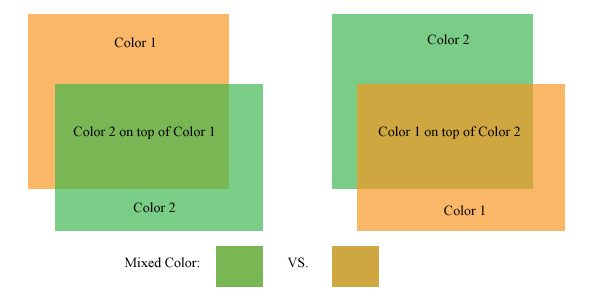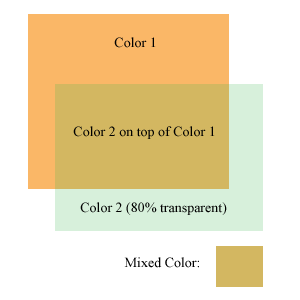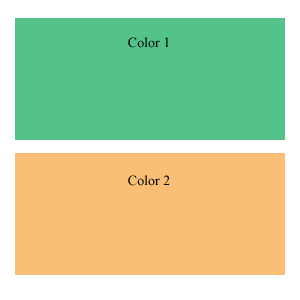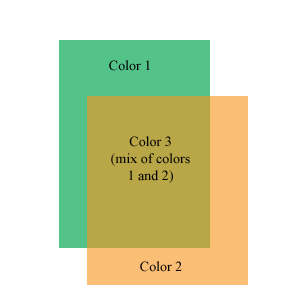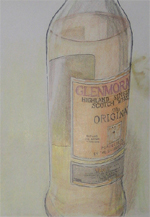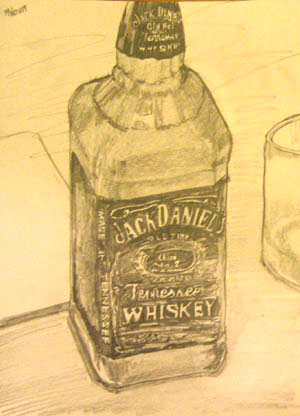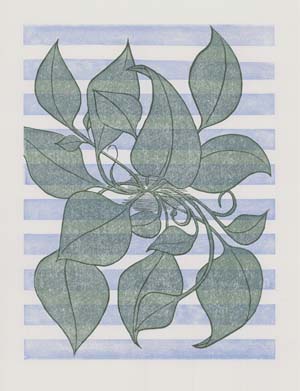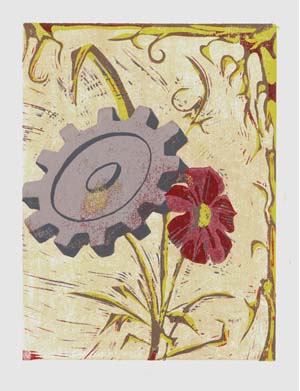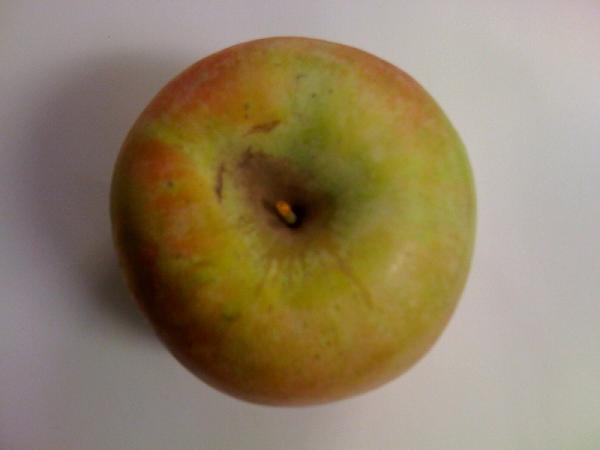My DayJob takes it out of me. Especially this week, I am filling in for a co-worker that had to leave for a week and a half on a family emergency, in addition to my normal workload. My job isn’t that physically exhausting, after all I sit at a cubicle for 8 hours, but it is mentally exhausting.
It actually doesn’t matter how busy I am at work, I still get home exhausted. Just being somewhere and having to have my brain turned on and ready to think for 8 hours is tiring.
I’m not in good shape when I get home. The work day leaves me tired, unfocused, and hungry. This is a problem, since the evening is when I work on my art. Being worn out, tired, and looking to sit down, eat dinner, and relax is not a productive way to be.
I don’t have much of a choice, however. Great art does not make itself, and I will not be a great artist as a weekend warrior, only working on Saturday and Sunday. The weekend may work for those of you that are hobbyists, but I do have aspirations to be a professional artist. That takes time.
In fact, I consider art a second job. The difference between my art career and my engineering career is that my art career is completely dependent on the amount of time that I spend working. My engineering career requires pretty much just 8 hours a day.
If you are building a small business of any sort, or getting serious about a creative passion, you probably run into the same problem that I have, finding the time. In hopes to help, here are 3 things that have had a major impact on my ability to get to work, after work.
First, Take A Break
If you work a long day, the first thing required is a break. Last night, I arrived home from work at 6pm. I put on some left over home-made chicken soup on the stove, and put some bread in the toaster. I changed into warm, comfortable clothes (it is unusually cold in San Francisco this week), sat down with dinner, and read some comics.
Eating dinner and reading comics is an activity that relaxes me. I can get absorbed in the activity, without it requiring too much thought. After an hour, I felt refreshed and ready to work on something, much more so than if I hadn’t taken the hour off.
My activities during this break effect the rest of my evening. When I spend an hour on my computer, or watching a TV show or 2, I don’t feel quite relaxed afterwards. Reading relaxes me, and is different enough of an activity that I don’t feel like I am still working.
The key is to do something you enjoy for an hour. That may be reading, spending time with family, talking on the phone with people, folding laundry, or just about anything. I know what works for me, and I’m pretty sure what works for me won’t work for everybody, so this requires some brainstorming on your part.
This hour is my transition hour, and I take full advantage. I relax, eat, take care of chores like dishes or laundry, and remove distractions.
Removing distractions has been so important it gets an entire subsection. Look:
Remove Distractions
There is no greater enemy to productivity than my computer. This is strange to say, because my computers are indispensable tools for everything I do (this is an internet business after all). My entire sales, marketing, and success plan depends on both me and you (my customer) using computers all the time.
My computer is incredibly useful, sometimes. For others, like making art, it is a distraction. When my computer is on, I usually have iTunes open, my email running, Twitter open, my RSS reader waiting, and if I am a real glutton for punishment, I’ll have Facebook fired up.
Being so connected keeps me from getting anything done.
In fact, when I sit down to write in the mornings (like I am doing now), I don’t fire up any applications other than text editors. I know that if I even glance at my email, I have lost time. My attention shifts to that, and it takes time to get it back, if I get it back at all.
My computer is my Number 1 source of distraction. I know I have to remove this to get anything done. Your distraction may not be a computer. It may be television, a family, the telephone, or even that pile of unfolded laundry that you keep thinking of.
During your relax time and your work time, get rid of distractions.
Facilitate Work with Cleanliness
I have been stopped stopped dead in my tracks from working on my art by a big mess.
I have two main work areas in my small studio apartment. The first is in the main room, I have a work table set up. This is where I do my printing, and anything else that requires a lot of flat surface space. When I work at that table, I usually use my coffee table and surrounding floor as a staging area, and secondary storage.
My second work area is my desk next to my kitchen area. My apartment is quite small, about 450 square feet. Pretty much everything in here has to pull double or triple duty. This desk is my work desk, kitchen table, and drawing table all wrapped in to one. When I draw or carve a block, I work at my desk.
Both of these areas are often overcome by one of my less desirable habits — I am messy.
My apartment is entropy in action, slowly changing shape from order to chaos. I have to continuously work to keep it clean. I take stuff out, don’t put it away, move stuff around, and generally make a mess.
When my work area is a mess, I am far less likely to get any work done, because I know I have to clean up, and I rather dislike spending time cleaning up.
When I constantly put a little diligence into keeping my work areas clean, it is far easier to come home after a long day at DayJob and get to work for the evening.
If you can dedicate an area of your home just to working, that is best. You can make that space be the “work only” space, and not use it when you are not building your business part time. If you have to use your every day areas of your home, keep them clean, and it will be far easier to get to work.
What About You?
Are you building a new business part time? Using your hours after work? What do you do to maintain energy and focus after a long day at work? Let me know in the comments.
